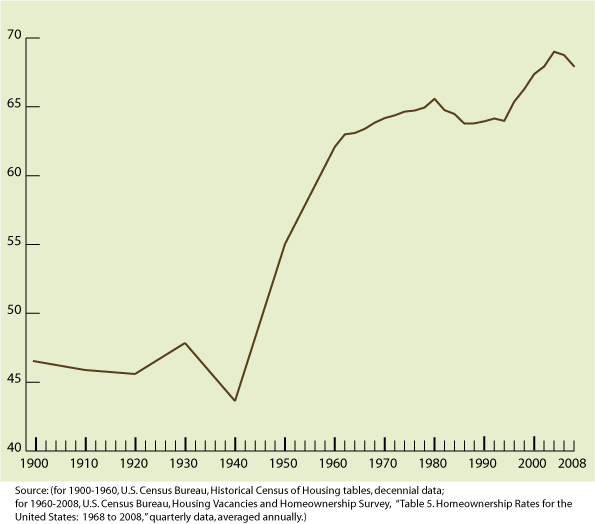Wave Goodbye to the Bankrupt Joneses: Deconstructing the American Dream. The Shifting Financial and Societal Goals of a Country Mired in Debt.
The American dream signifies many things to many people. The dream has evolved over time. If we are to look at history and our fascination of the Western, the dream once meant the freedom to be a rugged individual in a country that had no boundary. You were on your own with the frontier. Yet that dream ended once the country was connected from coast to coast and with the Great Depression, many in society actually felt that some compact between citizen and the government would be helpful especially in distressing times. We oscillate as a society from moments where we desire zero government involvement to moments where the government seems to be the last resort. With our current economic crisis, many Americans are rethinking the makeup of the dream.
The component of the American dream regarding homeownership didnít become a cornerstone until the end of the Great Depression. There was a long period from 1900 to 1940 where only 45 percent of households owned their home. This number had increased to 55 percent in 1950 and by 1960, it was at 62 percent. We finally brought the peak to a crescendo in the 2000s flirting with a 70 percent homeownership rate:

During the 1950s, we started seeing the rise of a strong and vibrant middle class. Some may argue that this was the balance between the right amount of consumption and debt. Americans were still saving a good portion of their disposable income. Debt was still not a big player outside of homes and automobiles. Yet early sitcoms showing the joys of suburban life in a hyper-perfect reality played a crucial role in defining how many Americans saw what the dream was made of. It also demonstrated the incredible power of the media.
.
.
.
.
.
The component of the American dream regarding homeownership didnít become a cornerstone until the end of the Great Depression. There was a long period from 1900 to 1940 where only 45 percent of households owned their home. This number had increased to 55 percent in 1950 and by 1960, it was at 62 percent. We finally brought the peak to a crescendo in the 2000s flirting with a 70 percent homeownership rate:

During the 1950s, we started seeing the rise of a strong and vibrant middle class. Some may argue that this was the balance between the right amount of consumption and debt. Americans were still saving a good portion of their disposable income. Debt was still not a big player outside of homes and automobiles. Yet early sitcoms showing the joys of suburban life in a hyper-perfect reality played a crucial role in defining how many Americans saw what the dream was made of. It also demonstrated the incredible power of the media.
.
.
.
.
.
Comment